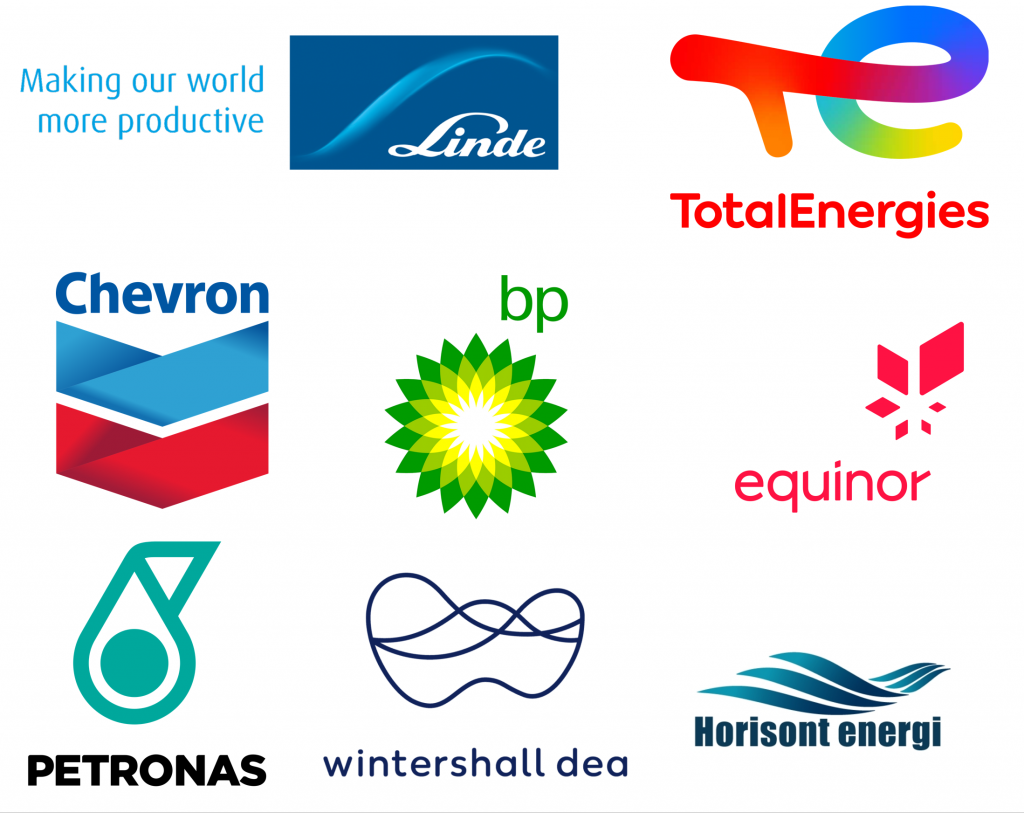Principal Investigator: Professor Antonin Chapoy
Acid gas refers to any gas mixture containing significant quantities of carbon dioxide (CO2), and /or hydrogen sulphide (H2S). Most of the world’s natural gas reserves contain more than trace amounts of acid gases and the presence of these acid gases can cause corrosion during transportation of the gas, a decrease in the heating value of the gas and an increase in atmospheric pollution during the combustion of the gas [1]. Furthermore, from a thermodynamic point of view, the presence of acid gases in natural gas can change the phase behaviour of the gas (e.g. bubble point, dew point and critical point) and introduce new technical challenges for transportation and processing of the gas, like corrosion[2] and hydrate formation [3]. In addition, due to changes in the thermophysical properties of the gas, many other potential issues need to be considered from a safety point of view. As a result, significant increases in transportation and processing costs can be incurred.
There are similar concerns about CO2 originating from capturing processes. Usually, this gas is impure and can contain N2, H2, CO, SO2, NO2, Ar, methanol and water. The presence of impurities can lead to a significant change in thermophysical properties of the gas (e.g. melting point, density, speed of sound and IFT) which can cause many technical and safety issues. For instance, due to the presence of water, formation of ice and gas hydrate may cause pipeline restriction and blockage. Moreover, some of the impurities like hydrogen sulphide, sulphur dioxide and NOX are highly toxic, reactive and corrosive.
Regarding the aforementioned concerns, knowledge of the thermodynamic properties of fluids containing acid gases are essential to design safe and efficient facilities for the transportation and processing of these fluids. Commonly, conventional thermodynamic models are used to predict properties of the fluids. However, most of the available predictive models are not tuned or developed, based on the experimental results of the acid gases. Therefore, they cannot predict the thermodynamic properties of such fluids accurately.
The main objective of this project is to study phase behaviour and thermophysical properties of reservoir acid gases and fluid systems as well as their impact on gas processing units (amines, dehydration), reservoirs and formation waters. This is an integrated experimental and modelling study focusing on the phase behaviour (VLE, solubility in saline water, glycols, amines, hydrates, solid CO2, waxes, asphaltenes, etc) and fluid properties (pH, interfacial tension (IFT), density, speed of sound in the fluid, viscosity, thermal conductivity, etc).
The project started in 2011, and since then it has been extended into four phases: Phase I (2011-2014), Phase II (2015-2018), Phase III (2018-2021), and Phase IV (2022-2025). Please contact professor Antonin Chapoy if you are interested in joining this project.
Project Sponsors
During each phase, the project has been supported by various industry partners. Phase IV of the project has been supported financially by TotalEnergies, Equinor, Linde, Petronas, Horizont energi, BP, wintershall dea and Chevron.

Project Outputs
In addition to comprehensive semi-annual progress reports (which are only available for project sponsors), parts of project outcomes have been published in peer-reviewed journals:





References
[1] Bhide, B., et al. (1998). “Hybrid processes for the removal of acid gases from natural gas.” Journal of Membrane Science 140(1): 27-49.
[2] De Waard, C., et al. (1991). “Predictive model for CO2 corrosion engineering in wet natural gas pipelines.” Corrosion 47(12): 976-985.
[3] Sloan, E. D. (2003). “Fundamental principles and applications of natural gas hydrates.” Nature 426(6964): 353-363.
